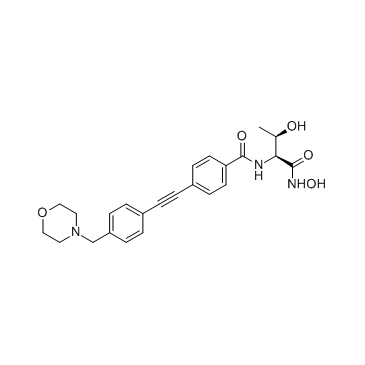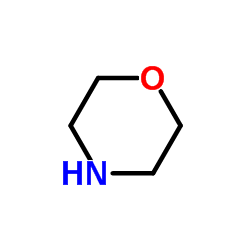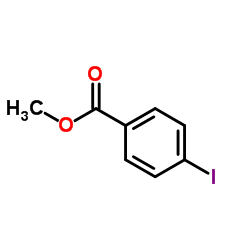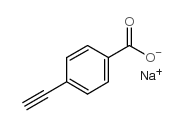| Description |
CHIR-090 is a potent, slow, tight-binding inhibitor of the LpxC deacetylase. It binds to E. coli LpxC with a Ki of 4.0 nM.
|
| Related Catalog |
|
| Target |
Ki: 4 nM (Escherichia coli LpxC)[1]
|
| In Vitro |
CHIR-090 is a potent, slow, tight-binding inhibitor of the LpxC deacetylase from the hyperthermophile Aquifex aeolicus, and it has excellent antibiotic activity against P. aeruginosa and E. coli, as judged by disk diffusion assays. CHIR-090 is also a two-step slow, tight-binding inhibitor of Escherichia coli LpxC with Ki=4 nM. CHIR-090 at low nM levels inhibits LpxC orthologues from diverse Gram-negative pathogens, including Pseudomonas aeruginosa, Neisseria meningitidis, and Helicobacter pylori. In contrast, CHIR-090 is a relatively weak competitive and conventional inhibitor (lacking slow, tight-binding kinetics) of LpxC from Rhizobium leguminosarum (Ki=340 nM), a Gram-negative plant endosymbiont that is resistant to this compound. An E. coli construct in which the chromosomal lpxC gene is replaced by R. leguminosarum lpxC is resistant to CHIR-090 up to 100 μg/mL, or 400 times above the minimal inhibitory concentration for wild-type E. coli. CHIR-090, a very potent, slow, tight-binding inhibitor of Aquifex aeolicus LpxC, the sequence of which is 31 % identical to E. coli LpxC. CHIR-090 has remarkable antibiotic activity against E. coli and P. aeruginosa, comparable to ciprofloxacin, as judged by disk diffusion assays[1].
|
| In Vivo |
CHIR-090 is a potent antibiotic against E. coli and inhibits E. coli LpxC activity in vitro in the low nM range. E. coli W3110 colonies resistant to 1 μg/mL CHIR-090 are not observed without prior chemical mutagenesis. A strain of E. coli W3110 is able to grow on LB agar plates containing 1 to 10 μg/mL CHIR-090, which is 4 to 40 times above the MIC of 0.25 μg/mL under our conditions for wild-type E. coli W3110. The doubling time of W3110RL is 40 min in the presence of 1 μg/mL CHIR-090, which is exactly the same rate as wild-type in the absence of inhibitor. Wild-type cells stopped growing after about 2 h in the presence of 1 μg/mL CHIR-090[1].
|
| Kinase Assay |
Disk diffusion is conducted, except that 10 μg of each antibiotic compound is used per filter. Growth in liquid medium in the presence of CHIR-090 is evaluated as follows: cells from overnight cultures are inoculated into 50 mL portions of LB broth at an A600 of 0.02 and grown with shaking at 30°C. When the A600 reaches 0.15, parallel cultures are treated with either 6 μL of 500 μg/mL CHIR-090 in DMSO or 6 μL of DMSO. To assess cumulative growth, cultures are maintained in log phase growth by 10-fold dilution into pre-warmed medium, containing the same concentrations of DMSO or DMSO/CHIR-090, whenever the A600 reaches 0.4. The minimal inhibitory concentration is defined as the lowest antibiotic concentration at which no measurable bacterial growth is observed in LB medium containing 1% DMSO (v/v), when inoculated at a starting density of A600=0.01. Cultures are incubated with shaking for 24 h at 30°C in the presence of CHIR-090. Experiments are performed in triplicate[1].
|
| References |
[1]. Barb AW, et al. Inhibition of lipid A biosynthesis as the primary mechanism of CHIR-090 antibiotic activity in Escherichia coli. Biochemistry. 2007 Mar 27;46(12):3793-802. [2]. Barb AW, et al. Structure of the deacetylase LpxC bound to the antibiotic CHIR-090: Time-dependent inhibition and specificity in ligand binding. Proc Natl Acad Sci U S A. 2007 Nov 20;104(47):18433-8. [3]. Tan JH, et al. In Vitro and In Vivo Efficacy of an LpxC Inhibitor, CHIR-090, Alone or Combined with Colistin against Pseudomonas aeruginosa Biofilm. Antimicrob Agents Chemother. 2017 Jun 27;61(7). pii: e02223-16.
|






![methyl (2S,3R)-2-[(4'-ethynylphenyl)formamido]-3-hydroxybutanoate structure](https://image.chemsrc.com/caspic/310/728878-24-8.png)